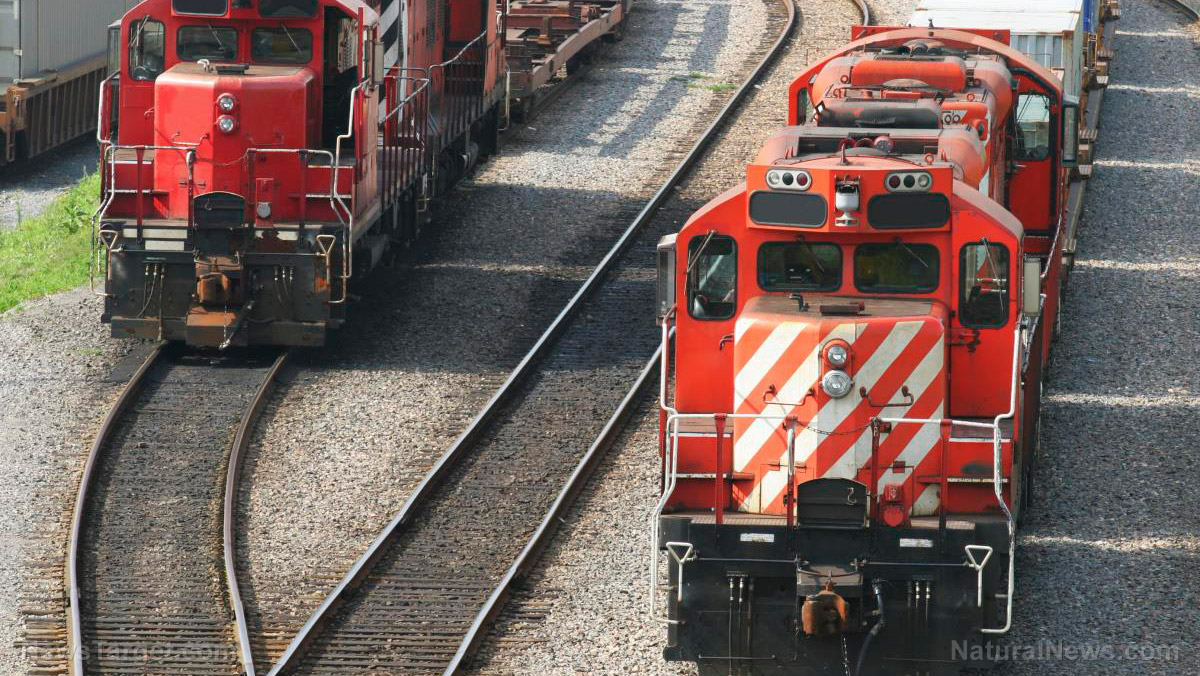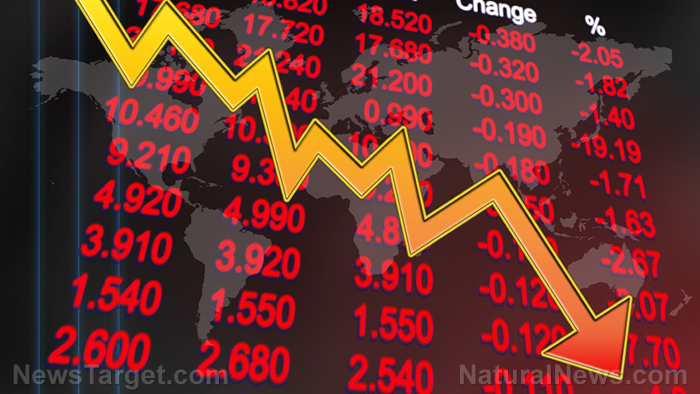Amazon walks back plans to build 16 warehouses this year
07/11/2022 / By Kevin Hughes

Amazon is now in a perilous situation after spending billions to increase the size of its fulfillment network during the pandemic. It has been forced to either cancel or delay plans for 16 warehouses scheduled to be built this year.
Four warehouses in Texas and two in Tennessee were among the 16 put on hold, along with several others in California, Florida, Georgia, Iowa, Louisiana, Mississippi, Pennsylvania, South Dakota, Utah and Wisconsin.
According to Amazon Chief Financial Officer (CFO) Brian Olsavsky, the company decided to broaden its warehouse network based on “the high end of a very volatile demand outlook.”
“We currently have some excess capacity in the network that we need to grow into. So, we’ve brought down our build expectations. Note again that many of the build decisions were made 18 to 24 months ago, so there are limitations on what we can adjust midyear,” he informed investors on Amazon’s Q1 2022 earnings call.
American e-commerce retail sales during the first quarter of 2022, with an adjustment for seasonal variation, rose 2.4 percent as per the Census Bureau. Despite this, the e-commerce giant recorded a $3.8 billion net loss in the first quarter this year after collecting an $8.1 billion profit in the same quarter last year.
But even though the new warehouses were canceled or postponed, Amazon still possesses a fulfillment that is impossible to match. According to supply chain consulting firm MWPVL International, the tech giant has almost 1,200 active distribution centers covering 376 million square feet. In comparison, Walmart operates almost 200 active facilities with less than half the square footage.
Amazon went from understaffed to overstaffed in a few months
Amazon cutting its footprint in half by walking back warehouse plans is not the issue, as it would still have more warehouses than any other U.S. company. The real issue lies with the warehouse staff.
The Big Tech firm expressed displeasure over the productivity of its fulfillment centers. According to Olsavsky, the enormous marketplace overcompensated for its labor issues. It went from understaffed to overstaffed in a few months, subsequently tanking productivity.
“We hired more people and then found ourselves overstaffed when the [B11529] omicron variant subsided rather quickly, at least from our standpoint in warehouses. So, the issue has switched from disruption to productivity losses to overcapacity on labor,” said the Amazon CFO.
Olsavsky added that Amazon has “worked to protect and enhance the customer experience despite a sharp increase in costs, particularly over the past three quarters,” even though it has seen “a large cost to keep up with demand these past two years.”
But a glut of employees is the least of Amazon’s problems.
A leaked company memo, seen by Recode in June, disclosed the e-commerce giant could decrease its warehouse labor force by 2024. “If we continue business as usual, Amazon will deplete the available labor supply in the U.S. network by 2024,” the memo warned.
In addition, Amazon gained notoriety for its unrivaled turnover rate. A New York Times investigation revealed that it was as high as 150 percent even before the pandemic – which meant that there are more employees leaving Amazon warehouses annually than there are being hired. (Related: TERMINATED: Amazon relying on machines to fire its workers.)
Employee turnovers had also concerned Amazon that it started tracking it on a weekly basis. The tech giant discovered that it is losing an estimated three percent of its warehouse workers every seven days. Putting it bluntly, the e-commerce powerhouse filtered through its whole supply of warehouse labor every eight months on average.
Follow JeffBezosWatch.com for more news about Amazon.
Watch the video below to know more about Amazon’s fully autonomous warehouse robot.
This video is from the High Hopes channel on Brighteon.com.
More related stories:
Amazon employees demand banning of all books they don’t like.
Amazon sued for price gouging during coronavirus pandemic.
Sources include:
Submit a correction >>
Tagged Under:
Amazon, Big Tech, Bubble, chaos, Collapse, e-commerce, employee turnover, labor force, pandemic, panic, retail sales, risk, tech giants, technocrats, warehouses, workforce
This article may contain statements that reflect the opinion of the author
RECENT NEWS & ARTICLES
COPYRIGHT © 2017 BUBBLE NEWS



















